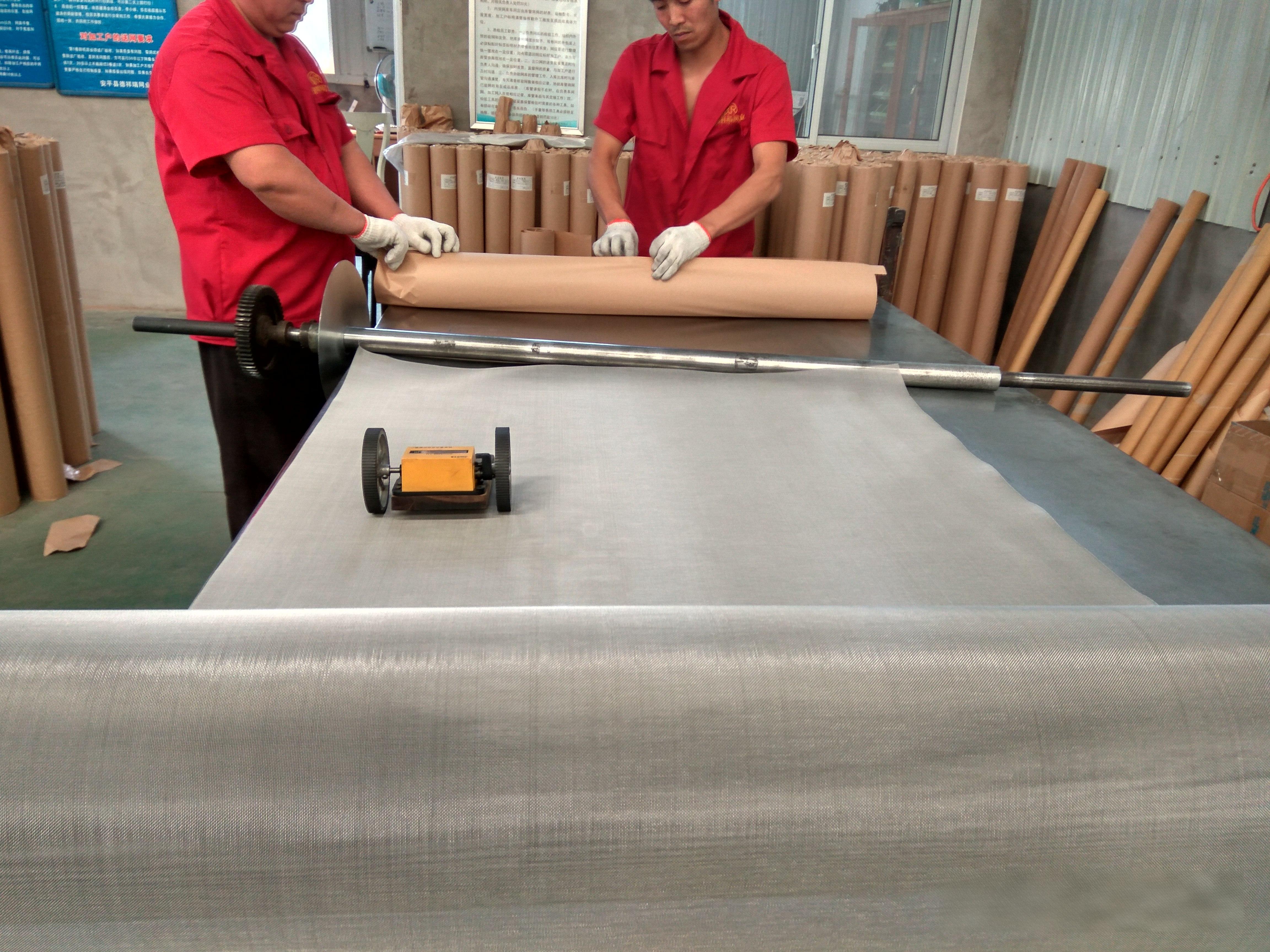When it comes to selecting wire mesh for high-corrosion environments such as coastal areas, high-salt conditions, or locations with high levels of acidity or alkalinity, choosing the right material is crucial to ensure longevity and functionality. Stainless steel wire mesh is often the material of choice due to its superior resistance to corrosion. Here’s how to specify the right stainless steel wire mesh for your needs.
Understanding the Types of Stainless Steel
Stainless steel wire mesh is available in various grades, each with its own corrosion resistance properties. The most common grades used in high-corrosion environments are:
●316 Stainless Steel: This grade contains molybdenum, which enhances its resistance to chlorides and other corrosive materials. It is ideal for marine environments and applications involving exposure to saltwater.
●316L Stainless Steel: An extra-low carbon version of 316, 316L offers improved resistance to corrosion, particularly in welded structures where sensitization (corrosion at grain boundaries) is a concern.
●904L Stainless Steel: This grade has a higher nickel and molybdenum content, providing excellent resistance to pitting and stress corrosion cracking in aggressive environments.
Assessing the Environment
Before specifying wire mesh, it’s essential to assess the specific conditions of the environment where it will be used. Consider the following factors:
●Level of Salinity: High salt content increases the risk of corrosion. For marine environments, 316 or 316L stainless steel is typically recommended.
●Acidity and Alkalinity: If the environment has high levels of acidity or alkalinity, 904L may be necessary due to its superior resistance to chemical attack.
●Temperature: Higher temperatures can accelerate corrosion. Ensure the chosen grade of stainless steel is suitable for the expected temperature range.
●Presence of Chlorides: Chlorides are particularly corrosive to stainless steel. If chlorides are present, 316 or 316L is often the minimum requirement.
Mesh Size and Weave
The mesh size and weave pattern are also important considerations:
●Mesh Size: The size of the mesh openings should be appropriate for the application. Smaller mesh sizes may be necessary to prevent the passage of corrosive agents.
●Weave Pattern: The weave pattern can affect the strength and corrosion resistance of the mesh. A plain weave is the most common and offers a balance of strength and corrosion resistance.
Consultation and Testing
Consulting with a reputable supplier or manufacturer is highly recommended. They can provide expert advice based on your specific application and may suggest additional protective coatings or treatments to enhance corrosion resistance.
Testing the chosen wire mesh in a controlled environment, if possible, can also provide valuable data on its performance and longevity in the intended conditions.
Conclusion
Choosing the right wire mesh for high-corrosion environments requires careful consideration of the material grade, environmental conditions, mesh size, and weave pattern. By understanding these factors and seeking expert advice, you can ensure that your wire mesh will perform reliably and last for years to come, even in the harshest conditions.
Post time: Jul-21-2025




